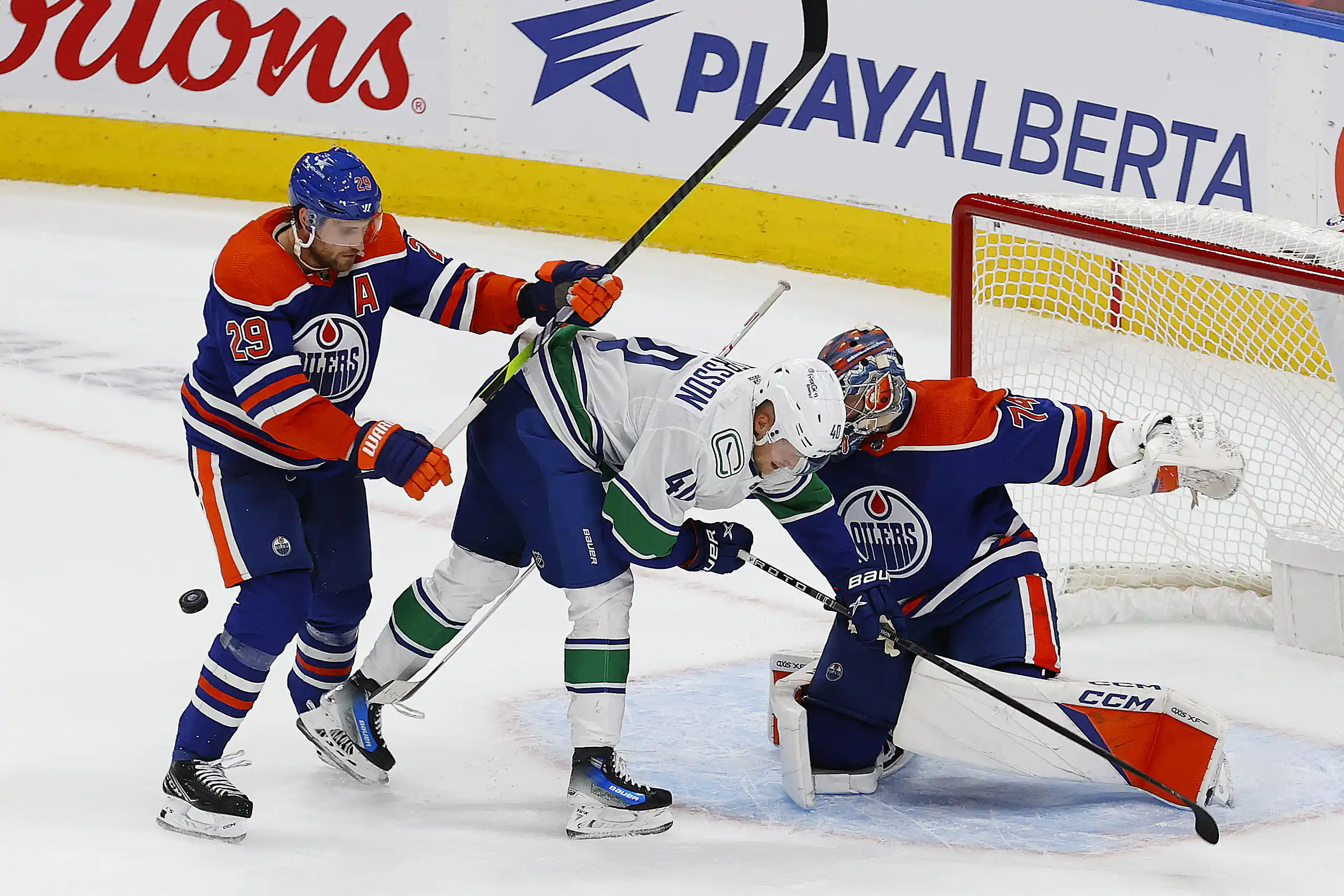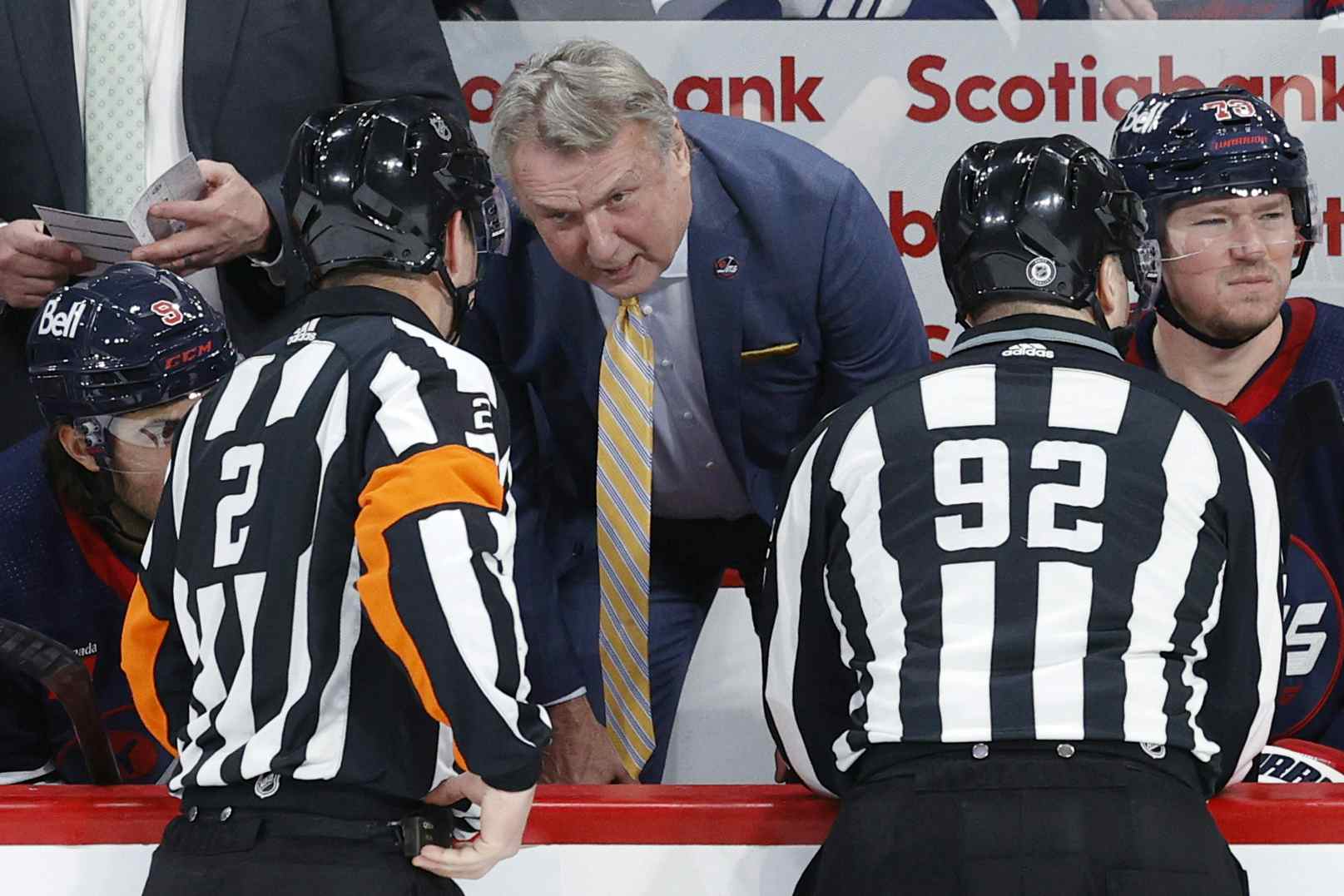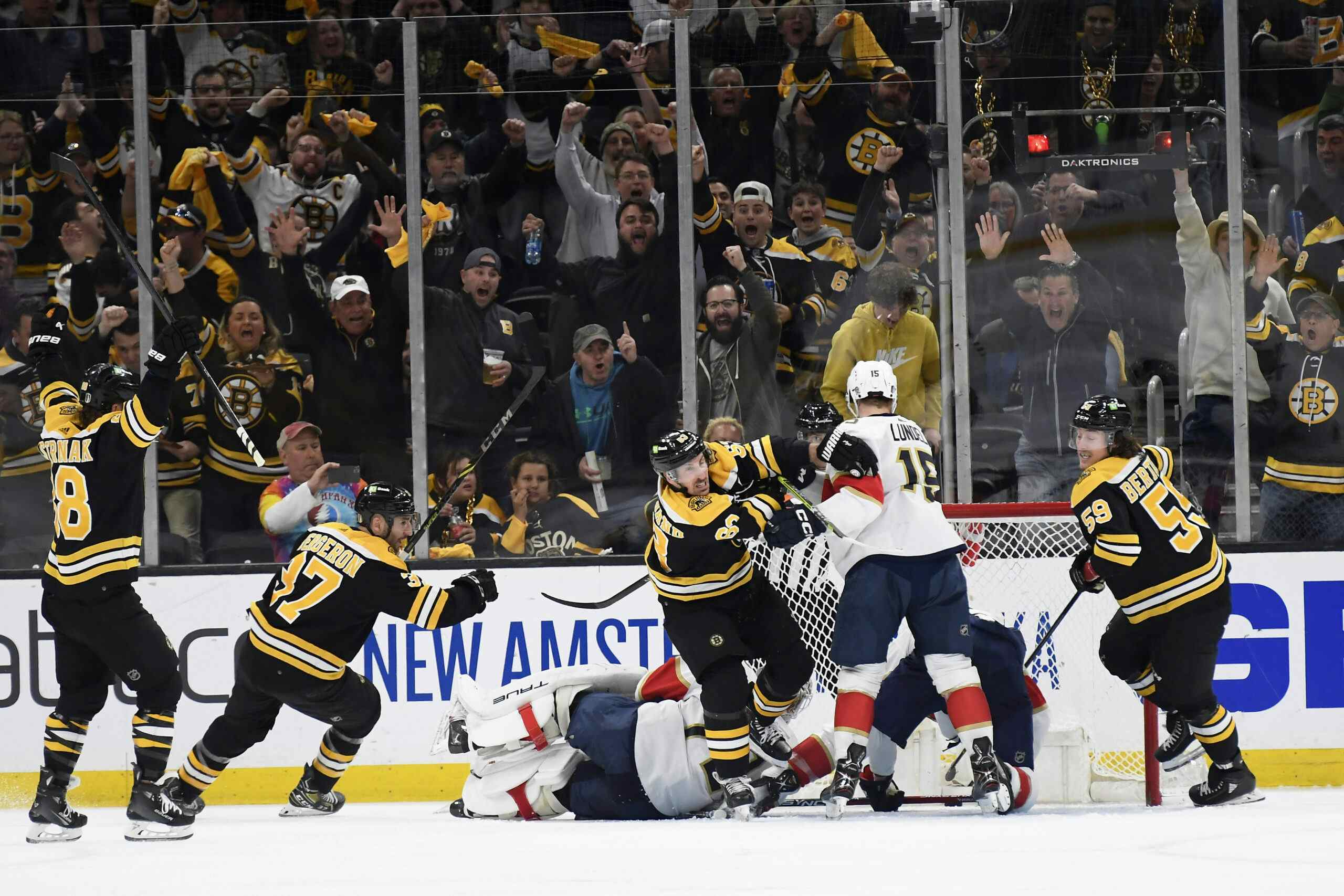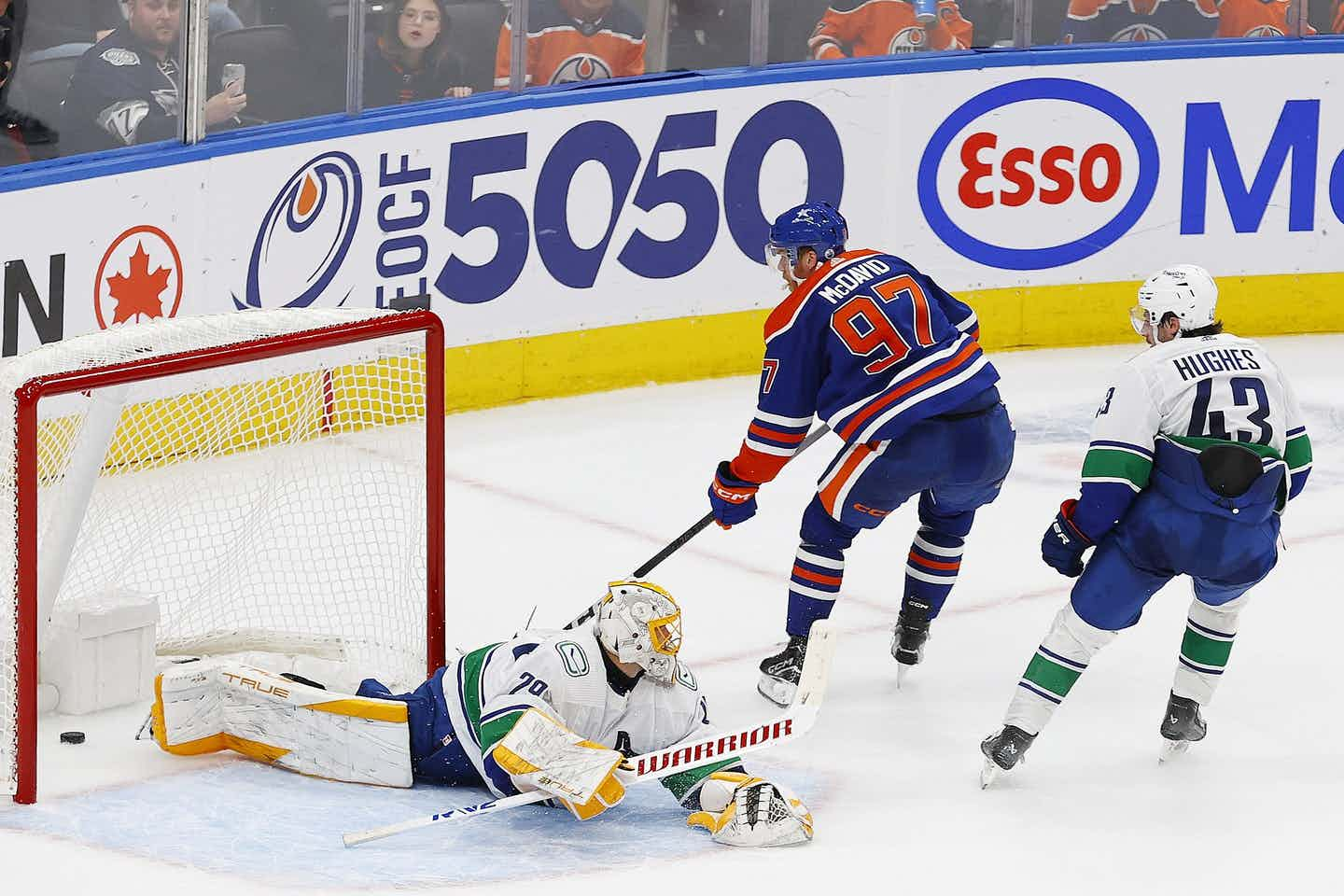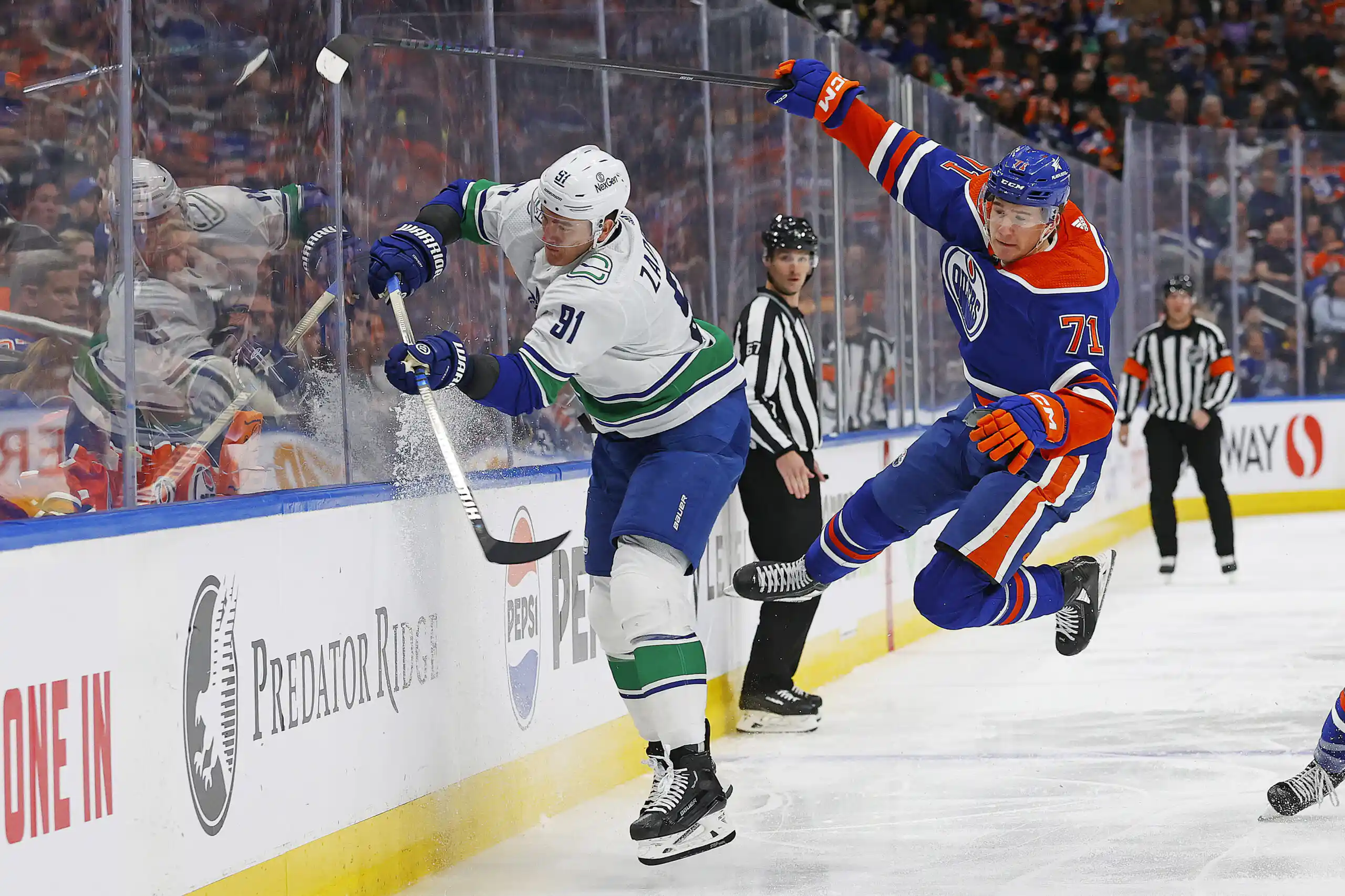NHL EQUIVALENCIES TIP OFF FALL, PREDICT WINTER (BLUE VERSION)
By Lowetide
7 years ago
Joey Laleggia is still in his entry-level deal, but at age 24 his time is now. The offensive defender needs to show well during training camp and in the 2016-17 season in order to make a solid impression. With Brad Hunt off the team in Bakersfield, can Laleggia spike offensively and get noticed?
We can talk ourselves into circles about expectations—reasonable or
otherwise—for next season, but the truth is right there in the numbers. NHL equivalencies are a great way of taking any number of leagues and placing them on an even line.
otherwise—for next season, but the truth is right there in the numbers. NHL equivalencies are a great way of taking any number of leagues and placing them on an even line.
NHLE’s
Much work has been done on NHLE, I credit
Gabriel Desjardins with the first major sojourn into the idea of letting air out of minor league numbers.
Gabriel Desjardins with the first major sojourn into the idea of letting air out of minor league numbers.
Byron Bader discusses thresholds as a predictor of success—and more—in an outstanding article.
I will be using Christian Roatis and his handy methods.
Kent Wilson and Rob Vollman have also done exceptional work in this area, and if you reach out to any of these names I am sure more resource information is available.
I did the forwards NHLE in July.
NHLE’S FOR OILERS D PROSPECTS, 2016-17
- Ziyat Paigin 13-28-41. He spiked in a massive way in 2015-16, so you want to see it again before getting overly excited. That said, wow. He is 21, and if Paigin can post a similar number in the KHL this season, Edmonton may have another strong option on LHD.
- Jordan Oesterle 4-18-22. Oesterle did more to help his NHL chances than any of the AHL kids a year ago, showing terrific speed and the ability to move the puck. He has chaos in his game, but may be able to grind his skills into something useful at the NHL level.
- Ethan Bear 6-15-21. Bear had a terrific first season after his draft, using solid passing an power-play time to perform at close to point-per-game levels. Bear delivered 43 percent of his points at evens, meaning the boxcars will be lower if he doesn’t get PP time upon NHL arrival (should he make it).
- Caleb Jones 3-14-17. This appears to be a more substantial offensive player than his draft day scouting reports implied. A strong first season in the WHL, and 60 percent of his points came at even strength.
- Joey Laleggia 5-12-17. He is now 24 and played some LW during the season. Laleggia scored nine points in 63 AHL games as a rookie, that should spike in year two (and with Brad Hunt gone).
- Filip Berglund 7-9-16. An impressive young defender with two-way skills. Scouting reports rave about his passing and he spiked from 11 to 41 points in the Swedish junior league last season (almost one point per game).
- Dillon Simpson 3-11-14. Much of his value will come defensively—that is his style—but interesting to note that he delivered reasonable offense despite not being a feature player. Simpson posted 17 of his 20 points at even strength—the same number as Laleggia and Oesterle. I think Simpson’s offensive ability might surprise if he ever makes it to the NHL.
- Griffin Reinhart 3-10-13. Big defender who will make much of his living on the defensive side, nine of his 13 points came at evens. Has shown some ability to jump into the play at the NHL level, the NHLE may be siphoning off too much offense. That said, it will not be his calling card.
- John Marino 2-10-12. He was strong in his USHL season in the year after draft, posting 30 points in 56 games. 53 percent of his points came at even strength, an encouraging number.
- Markus Niemelainen 0-11-11. Mobile Finnish defender who can pass the puck capably. 70 percent of his points came at evens during the season, and he might surprise as Caleb Jones did this past season. There might be some hidden offense here.
- David Musil 2-6-8. The classic defensive defenseman, he would probably deliver about as much offense as Mark Fayne if he played an entire NHL season. It is important to state (again) that much of Musil’s value comes away from the puck, so this measure was always going to frame his abilities in the most negative way.
- William Lagesson 2-6-8. He showed so well at the WJs for Sweden, the temptation is to regard him as a big minutes performer. The offense suggests that may not be the case, although defensively he is a very good prospect.
- Ben Betker 1-5-6. These numbers come from the ECHL portion of his season, I think this reflects the kind of offense we might expect from him. Giant blue, defensive defenseman.
- Vincent Desharnais 1-2-3. Another defensive defender, Desharnais is 20, so very unlikely to improve markedly from where he is now.
- Matthew Cairns. I know of no equivalency for his league.
When discussing defensemen, it is very important to remind ourselves that defensive defenders will never score well in this regard. It is not a dimension they bring to the game, and the things that give them value are not easily measured—which is far different than saying they have no value.
Who is the most impressive defenseman on this list? Who is most likely to see NHL time this year? Do you regard Caleb Jones’ offense as superior to Ethan Bear’s? And what about Paigin? Lordy.
(Laleggia photo by Mark Williams)
Recent articles from Lowetide

